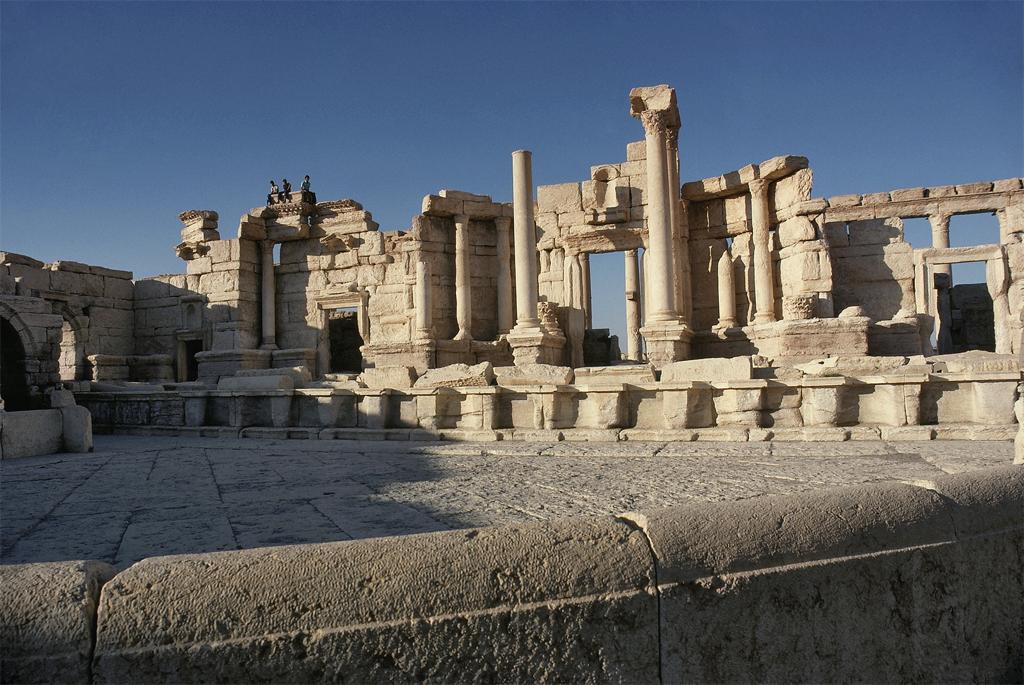Editor’s note: this post was originally published in February 2013 and has been updated to reflect platform changes.
Did you know that Artstor contains publicly available collections that cover everything from flowers and turtles to medicine labels and political memorabilia–and are are also a great resource for theatre studies? Below, we discuss five collections which offer a fascinating view of the history and art of theatre, including books, costume and set design, and even photographs of productions.
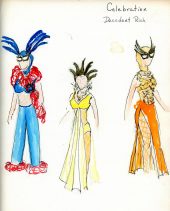
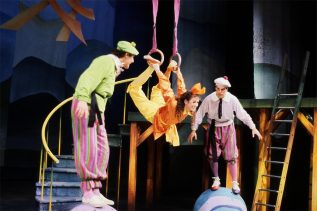
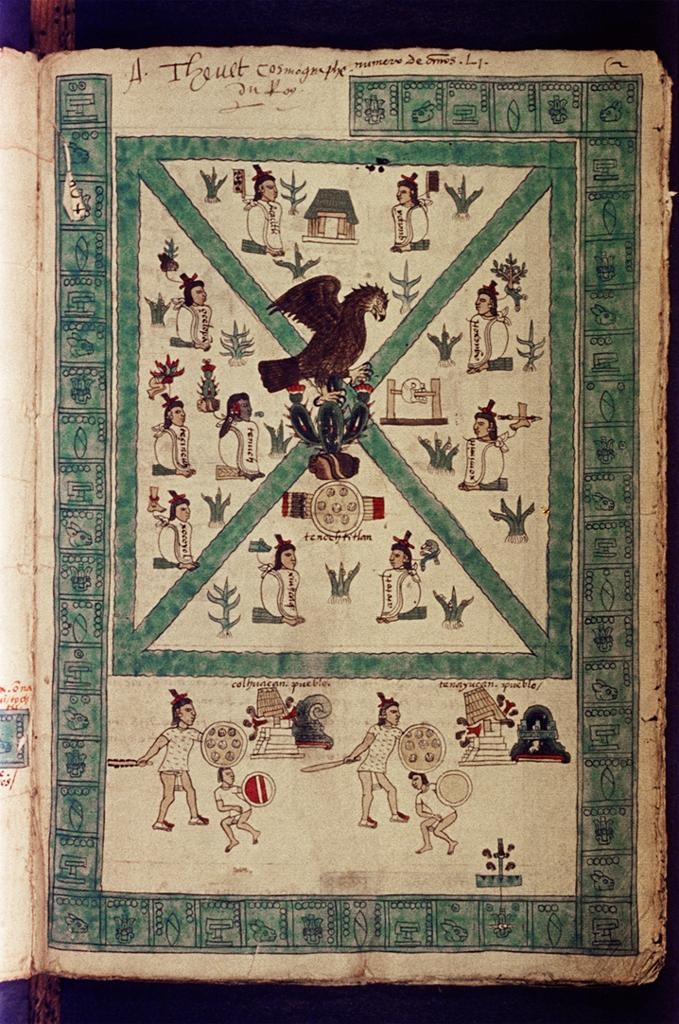

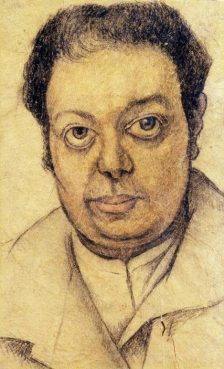
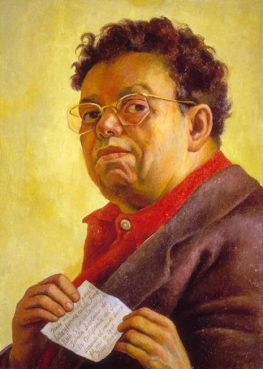
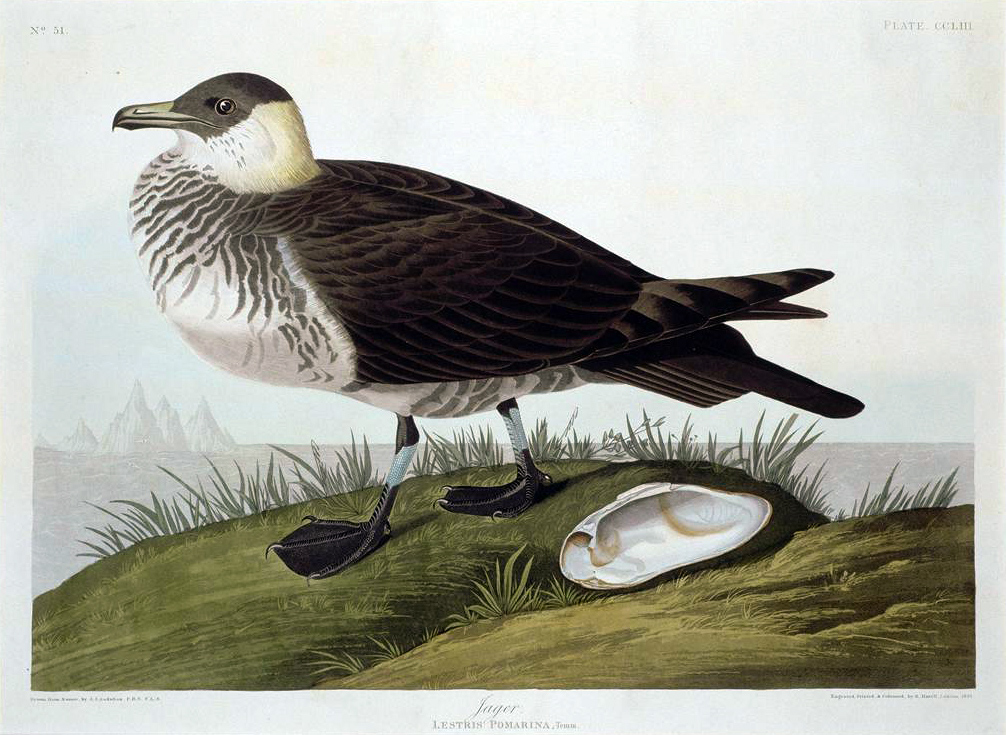




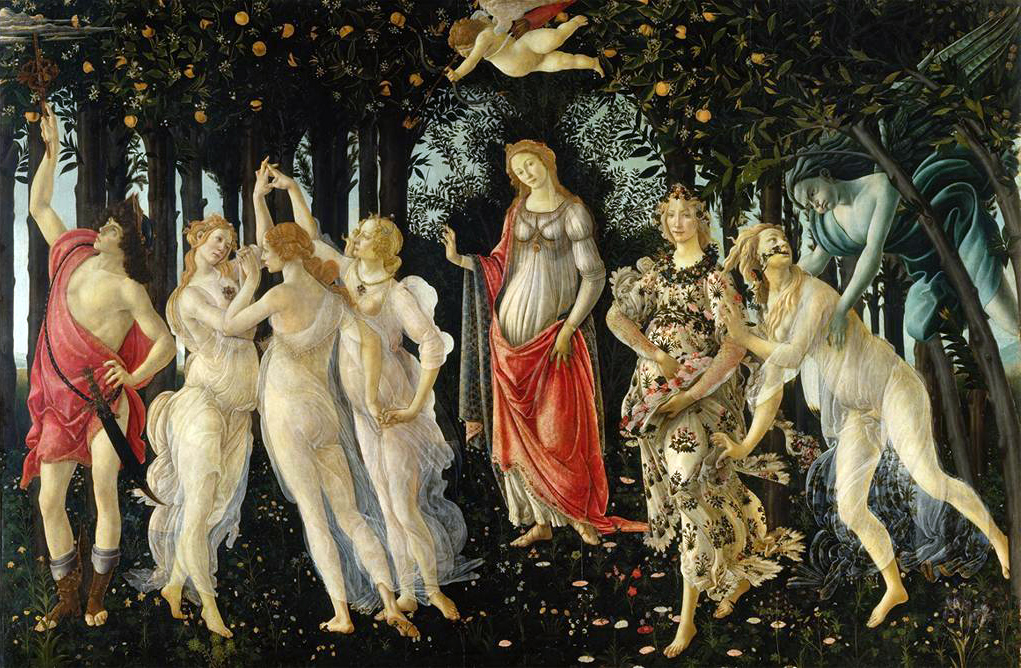
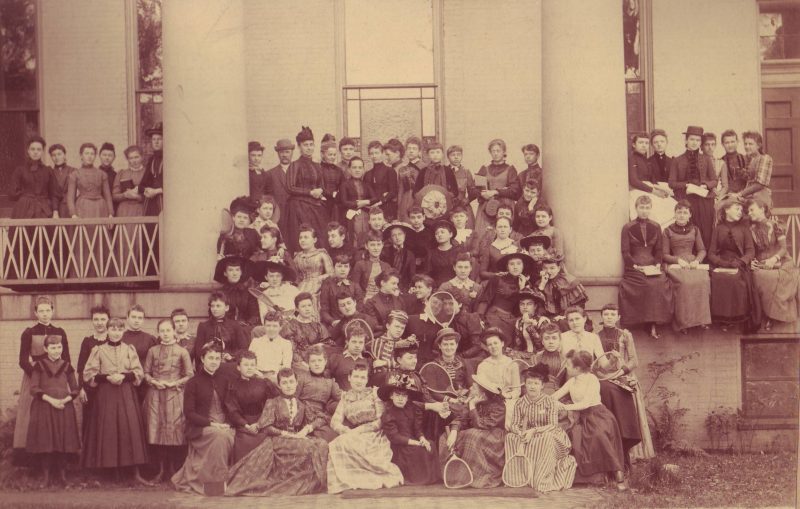
 Earlier this summer we announced that with $2.2 million in support from the Andrew W. Mellon Foundation, Artstor and the Council of Independent Colleges (CIC) will support the digital documentation of collections held by 42 liberal arts colleges and universities. The Consortium on Digital Resources for Teaching and Research, as the project is known, subsidizes the use of
Earlier this summer we announced that with $2.2 million in support from the Andrew W. Mellon Foundation, Artstor and the Council of Independent Colleges (CIC) will support the digital documentation of collections held by 42 liberal arts colleges and universities. The Consortium on Digital Resources for Teaching and Research, as the project is known, subsidizes the use of 